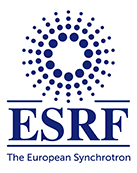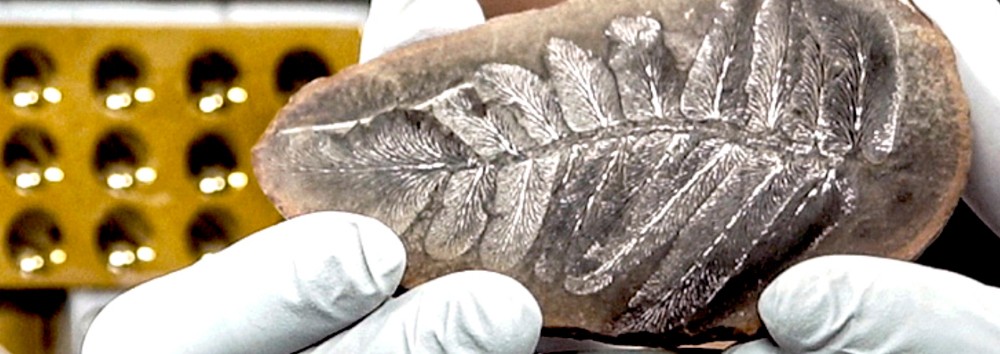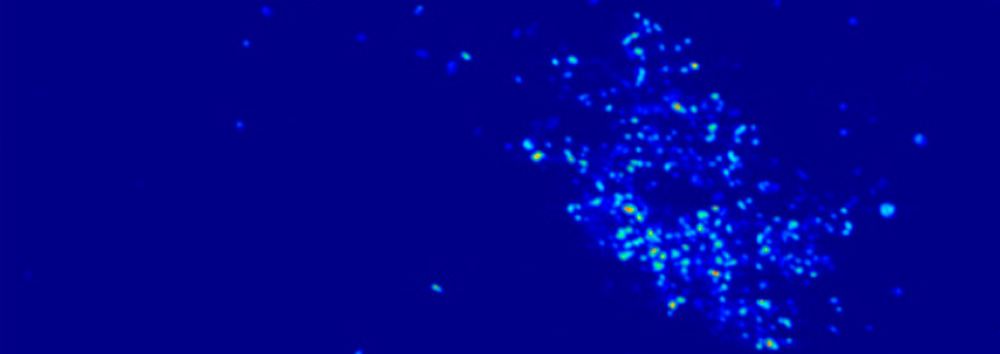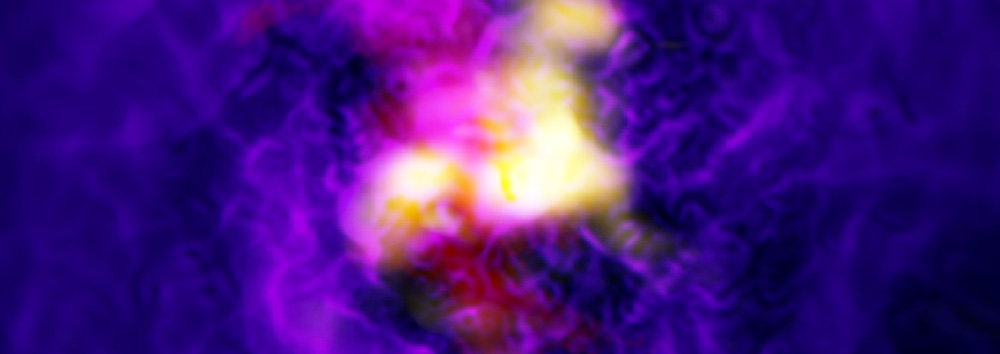An international team led by the IPANEMA laboratory (Paris-Saclay), and composed of 3 other CNRS labs (IMPMC, ISYEB, and LCPMR), the University of Lausanne and three synchrotron facilities (SOLEIL, the ESRF and SLAC) has established the chemical composition of a 53-million-year-old ant preserved in amber at a scale of one hundredth of a millimeter, using a new technique.
This technique, called 3D X-ray Raman imaging, has been developed at ESRF’s ID20 beamline. “We use hard X-rays but look at light elements, such as oxygen or carbon, and overcome the limitations of other techniques”, says Christoph Sahle, scientist in charge of ID20.
The results show the presence of molecular signatures of chitin, a complex sugar that constituted the insect’s exoskeleton. They also reveal a difference in preservation between the part of the insect that was first in contact with the resin and the part that had been covered later, after the insect’s death.
When using 3D X-ray Raman imaging, inelastic scattering transfers a small fraction of the X-ray energy with which a material is illuminated to its electrons, producing a detectable signal, used to determine its chemical composition. The new technique, in combination with the highly penetrating, focused, and monochromatic beam properties of synchrotron X-rays, allowed them to obtain the composition of the fossil in 3D. “This technique makes use of the innovative design of our new spectrometer, which allows us to explore spectroscopy in three dimensions”, explains Sahle.

About ESRF
The ESRF is the world-leading source of synchrotron and a centre of excellence for fundamental and innovation-driven research for imaging and studying the structure of matter at the atomic and nanometric scale in all fields of research. Located in Grenoble, the ESRF owes its success to the international co-operation of 22 partner nations, of which 13 are Members and 9 are Scientific Associates. Following on from 20 years of success and scientific excellence, the ESRF launched the ESRF-EBS -Extremely Brilliant Source- project (150M€ over 2015-2022). Centred on rebuilding the ESRF storage ring, EBS will deliver unprecedented source brilliance and coherence (~100x), offering scientists with a powerful new instrument to look even deeper into the structure of materials and living matter. EBS also includes the construction of new state-of-the-art beamlines, a scientific instrumentation programme with ambitious detector projects and a data management and analysis strategy.
© ESRF An international team led by the IPANEMA laboratory (Paris-Saclay), and composed of 3 other CNRS labs (IMPMC, ISYEB, and LCPMR), the University of Lausanne and three synchrotron facilities (SOLEIL, the ESRF and SLAC) has established the chemical composition of a 53-million-year-old ant preserved in amber at a scale of one hundredth of a […]



